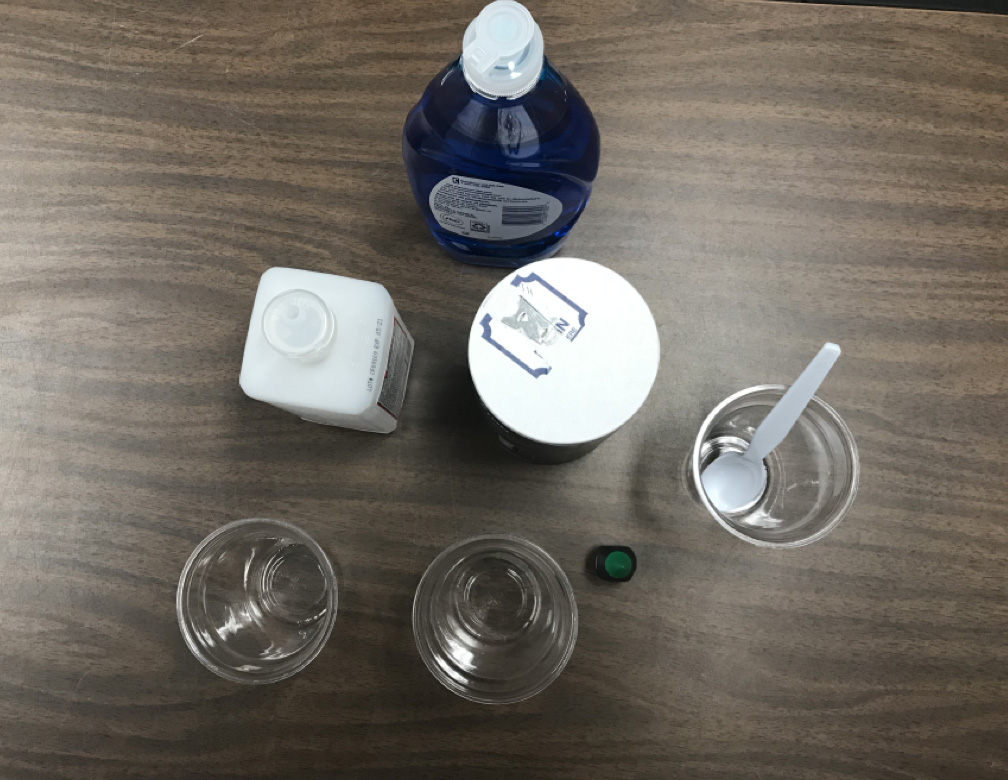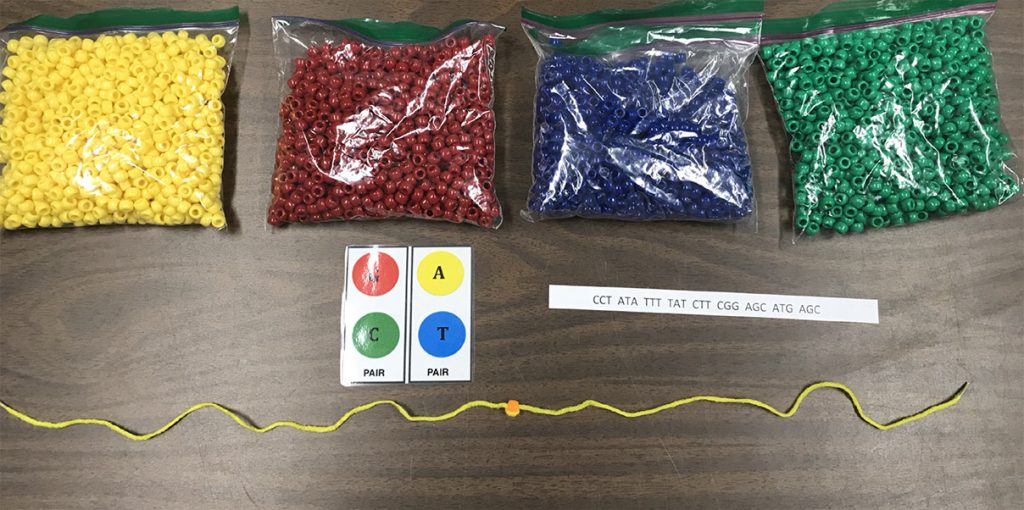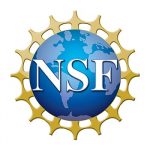Activity 3: Aquaculture and DNA
Learning Targets
- Youth will understand that DNA is made up of the same repeating units regardless of the organism.
- Youth will be able to explain that DNA bases have specific pairs.
- Youth will understand that all organisms have a different DNA sequence.
- Youth will be introduced to gene mutation and their potential effects.
Time to complete activity: 60 Minutes
Background for facilitator
Note: All links are provided purely for educational purposes. No responsibility is assumed for any content on the linked site(s).
This activity introduces the building blocks of DNA and how they can physically impact an organism. DNA (deoxyribonucleic acid) are often referred to as the building blocks of life. DNA are foundational elements of genetics, made of four protein bases (Adenine, Guanine, Thymine and Cytosine). The sequence of these protein bases are known as DNA strands. DNA is present in nearly all living things. DNA is self-replicating, and carries genetic information, specific to the living organism it is present in.
All DNA uses the same four protein bases, and the same two bases are ALWAYS paired together. Adenine is always paired with Thymine; Cystosine is always paired with Guanine. These are known as base pairs. A DNA strand can exist with any order of base pairs. The order of these base pairs, or sequence of these base pairs, determines genetic information.
Changes in DNA can have major impacts on living things. Changes in DNA caused by gene mutations are permanent changes in the DNA sequence. These gene mutations can be inherited or acquired anytime during life.
DNA is a complex concept generally introduced at the high school level. These activities are intended to be used as an introduction to some basics of DNA. Understanding the basic concepts of DNA are important to aquaculture, and specifically this curriculum, because SEANet scientists are currently studying how DNA sequences in certain species may impact not only specific organisms, but entire aquatic ecosystems. Examples of this include studying how specific parasites may attach to green crabs and change crab behavior and whether it results in genetic mutations. In Activity 4, Clamys Sweetus, understanding of DNA and gene mutations are applied in exploring the potential environmental impact of gene mutation(s) that may occur as a result of environmental exposure in clams.
Additional potential resources for facilitators
Vocabulary List
- Aquaculture: the breeding, rearing, and harvesting of fish, shellfish, plants, algae, and other organisms in all types of water environments.
- DNA: deoxyribonucleic acid, a self-replicating material present in nearly all living organisms as the main constituent of chromosomes. It is the carrier of genetic information.
- Gene mutation: a permanent alteration in the DNA sequence that makes up a gene, such that the sequence differs from what is found in most people/organisms.
Materials (per group)
- 2 cups water
- 3 clear plastic cups or glasses
- Plastic spoon
- Clear dish soap
- 3 tsp table salt
- Food coloring
- 100 ml isopropyl alcohol
- Measuring cup (6)
- String for bracelets
- Pony beads (red, blue, yellow, green)
- Cards with DNA sequences
- Reference sheet with base names and base pairs
- Reference sheet with each organism’s DNA sequence
- Plastic storage container with lid
Methods
Engage
- Read to the group:
- You may know that humans share 99% of their DNA with chimpanzees but did you know we also share 70% with a marine flatworm? How about that we share 50% with bananas? In today’s activities we will be looking at our own DNA and investigating the DNA of several Maine aquaculture species. Let’s start out by taking a look at our own DNA.

Explore
Activity: See your DNA
- Have youth sit in groups of 5. They will be sharing supplies.
- Pass out two clear plastic cups to each youth. For each group of 5 youth, hand out a measuring cup, isopropyl alcohol, salt, food coloring, one additional plastic cup, and a teaspoon.
- Walk your group through the following instructions:
- Mix 2 cups of water with 3 teaspoons of salt in a cup. Stir until salt is dissolved.
- Each student will transfer 9 tsp of salt water into a separate cup.
- Swish or gargle the salt water for 1 minute. Don’t swallow it!
- Spit the water back into the cup.
- Add one drop of dish soap to the salt water. Stir gently. Try not to create any bubbles.
- In a separate cup, mix the isopropyl alcohol and 3 drops food coloring.
- Gently pour the alcohol and food coloring mixture into the salt water cup. Tilt the salt water cup as you pour, so the alcohol mixture forms a layer on top of the salt water.
- Wait for 2.5 minutes. You should see white clumps and strings forming.
Explain
- Ask the youth what they think this white layer is (their DNA extracted from the millions of cells in their saliva).
- Ask youth if other organisms’ DNA would look the same if extracted like this. (It would because all DNA is made of the same materials)
- Ask youth if they can see the building blocks of the DNA in the white layer? Transition into the DNA bracelets activity by explaining that DNA is made up of four bases: Adenine, Thymine, Cytosine, and Guanine. Explain that the next activity will show what those might look like if you could see them under a powerful microscope!
Elaborate

Activity: DNA Bracelets
- Ask youth to form groups of 4.
- Pass out small cups of each color of pony bead and 4 bracelet strings to each group
- Tell youth that they will be making a DNA sequence from a marine organism related to aquaculture in Maine. Tell youth that each base will be represented by a colored bead. Adenine will be yellow, guanine will be green, cytosine will be red, and thymine will be blue. Pass out one DNA base key to each group.
- Assign each youth a DNA sequence card.
- Encourage the youth to start building the sequence by putting one bead onto the string at a time, matching the beads to the sequence on their card.
- Once they have completed their sequence, have them pass their bracelet clockwise, holding onto their card.
- With the bracelet now, each youth will build the base pairs for the complementary sequence. Explain that Adenine and Thymine are base pairs as are Guanine and Cytosine.
- Students will pass their bracelet clockwise again. Each student will now use the answer key to determine which organism’s DNA sequence they have.
Evaluate
Generate a group discussion using some or all of the following questions:
- What was challenging about the DNA process?
- Explain how the building blocks of DNA impact an organism as a whole.
- How would you create a gene mutation in your bracelet?
- What could be affected by one gene mutation?
- What other information can we get from DNA?
- What mutations might be beneficial? What mutations might be harmful? Can you think of any that would be neutral to the host?
- Why is DNA important in aquaculture? (mutations affecting a population positively or negatively, species variants (covered in more depth in Clamys sweetus activity))
Extensions
- For DNA Bracelets: Have youth create 5 mutations in the original strand of their bracelet and begin the process again. Ask youth about deciphering which organism they have once the bracelets are completed.
DNA Bracelet activity: Courtesy National Human Genome Research Institute

 This activity is supported by National Science Foundation award #EPS-0904155 to Maine EPSCoR at the University of Maine.
This activity is supported by National Science Foundation award #EPS-0904155 to Maine EPSCoR at the University of Maine.
